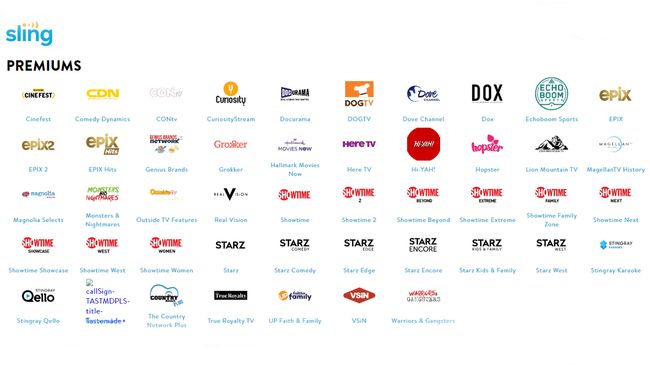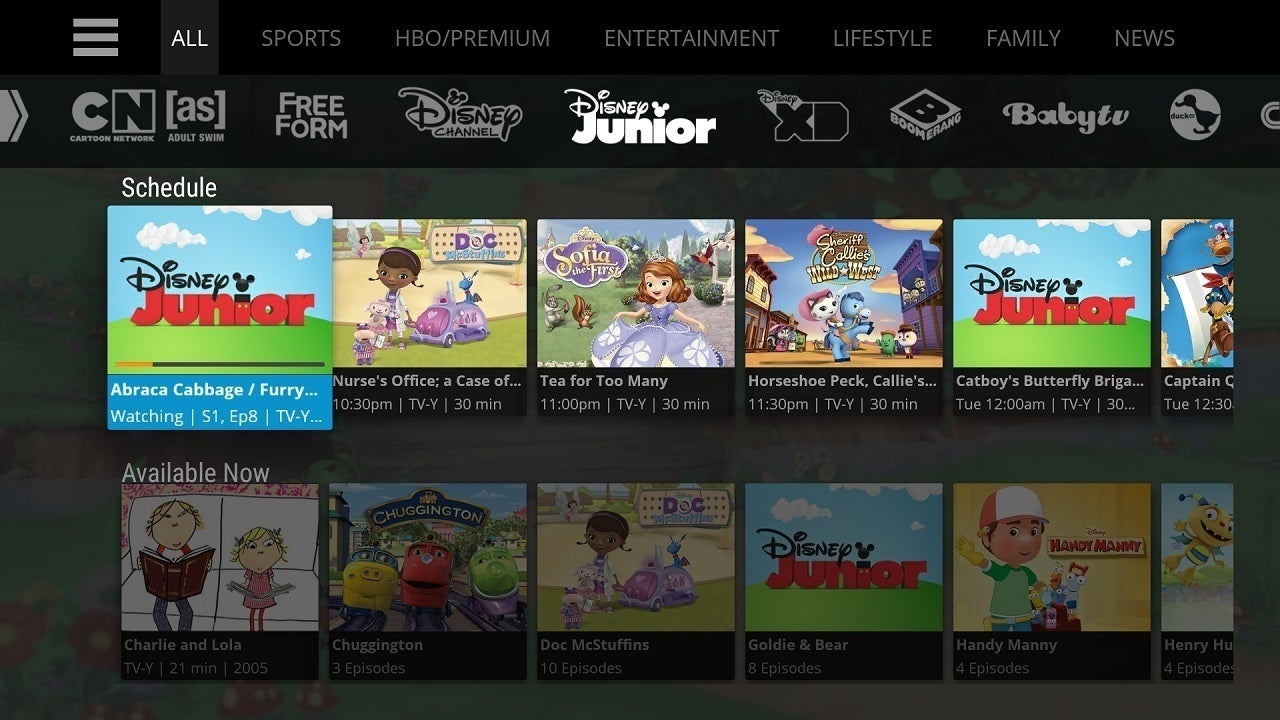


“Over the top” is a streaming provider that offers media services via the internet. The number of homes without MVPD more than tripled in the US between 20, from 15.6 million to 50.4 million, with only 65.8% of US households paying for an MVPD or vMVPD subscription.

In the past decade, many consumers have opted to “cut the cord” with MVPDs in favor of vMVPDs and OTT providers. Sling TV (owned by DISH) Orange & Blue Packageġ85+ live TV channels and 50,000 on-demand titles (NFL Network, NFL Sunday Ticket Max), GSN, OWNĭisney+, ESPN+, Hulu, and 75+ live TV shows ExampleĭISH TV Everything Sports & Entertainment PackageĢ40+ channels and 35,000 on-demand titles (ESPN, Disney, Hallmark, MLB Network, NBA Network) Under a traditional subscription model, customers sign a contract with an MVPD to provide TV programming for a set contract period such as one or two years. MVPD uses a receiver box to connect the programming to a TV screen and manage controls through a video interface. MVPD delivers linear TV programming to customers, primarily homes and businesses, and relies on a data transport infrastructure such as satellites, fiber, or coaxial cable to transmit the data to its destination. VMVPDs are able to keep their costs lower without the hardware investment required by MVPDs, and typically offer month-to-month subscriptions as well as smaller bundles of 30 to 100 channels. Skinny bundles are popular with Gen Z and millennials for their flexibility, with no annual contracts and ability to customize packages according to the customer’s preferences. VMVPDs compete with MVPDs through what’s known as “skinny bundles” - a lite version of a broadcast TV bundle offered at a lower cost. VMVPD stands for virtual multichannel video programming distributor, which provides both streaming content and linear content from broadcast channels in a single digital format. What’s the difference between MVPD and vMVPD? What is an MVPD?Ī multichannel video programming distributor (MPVD) provides multiple broadcast TV channels on cable or satellite TV, and typically works on a subscription-based business model but can also offer video-on-demand options.Įxamples of MVPDs include Xfinity, DISH Network, DirecTV, Spectrum, and Time Warner Cable. An MVPD is a multichannel video programming distributor providing bundled TV channels for purchase to consumers through cable, fiber, or satellite.


 0 kommentar(er)
0 kommentar(er)
